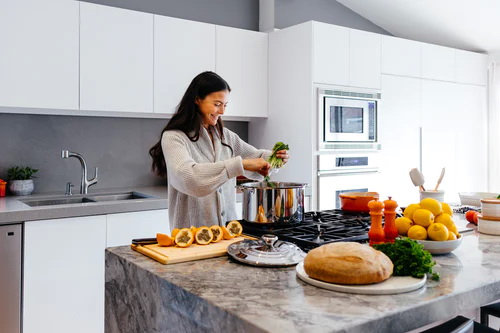Lots of girls and boys between the ages of 10 and 16 may be experiencing pain related to their rapid growth. Unfortunately as we grow, all the action takes place at the growth plates in our bones, and it does take some time for the muscles, ligaments and nerves to adjust to their new positions. This means that hamstrings that were allowing you to get into the splits easily three months ago might be a little short for the new leg they are attached to! As tempting as it is to stretch them out constantly, it is also a time when we have to be REALLY careful about how much, and how hard we stretch.
Unfortunately, a lot of your muscles attach to the bones right on the growth plate. For instance, the tendon that attaches your knee cap to your lower leg does so right on the growth plate of your tibia (shin bone). Your hamstrings also attach to a softer bit of bone at the base of your pelvis. If you stretch too vigorously, or are pushed into a stretch by someone else (try and avoid this wherever possible) you can actually pull the muscles where it attaches onto the bone, or even pull a little piece of the bone away. This is called an avulsion injury. Where your hamstrings attach (up under your bottom) is a really common place for this to happen especially if you are pushed into the splits. Try and feel any stretching in the middle parts of your hamstrings, especially if you know you are having a period of growth. If you are trying to regain your flexibility, make sure you focus on all the other muscles of the leg and pelvis rather than pushing into the splits.
The way the muscle attaches into the growth plates can cause a few different problems if you are doing a lot of sports involving jumping and running like dancing. This is why a lot of girls and boys who dance get issue with their knees around this time. If a muscle is working really hard and one end of it is attached to a growth plate, the constant pulling can aggravate the growth plate and you can get quite a bit of pain.
Osgood-Schlatters Disease is a very common form of growing pain that is caused by overuse. If you have pain below the knee cap, and you think it may be the growth plates you may be experiencing this syndrome and should visit your physiotherapist for management. Use Rest, Ice, Compression, and Elevation to settle any sudden increases in pain. If you are having more random pains at night, and the pain is more above the knee joint, it may be purely action at the growth plate. Make sure that when it has been a little sore you do not do too much jumping or strong stretching.
If you do have persistent pains in the knees, it is best to see a sports physiotherapist (physical therapist), ideally one that specialises in dancers, as they can show you exercises and taping techniques to reduce the pain.























